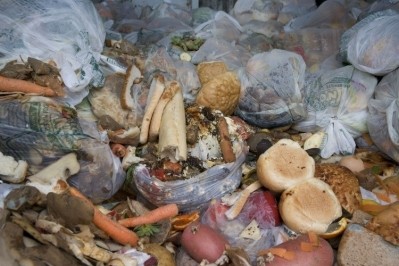Opinion
Resolving confusion on ‘use-by’ and ‘best-before’

The following scenario will be familiar to many consumers: they rummage in the fridge and, at the very back, find a tub of yogurt they didn’t even know they had. A quick glance at the date confirms – it has expired. But what does this mean? Is the food still safe to eat?
Many consumers are confused by the date indications currently in use. Legally, use-by dates are a matter of food safety, while best-before dates represent a quality guideline.
Slow turnover and fewer units sold
To food business operators, however, these indications may have other connotations: a long shelf-life means slow turnover and fewer units sold, and the risk of an unsatisfactory quality experience increases over time. So, it may seem beneficial to indicate a durability code that is as short as possible.
In truth, what most consumers want is reassurance that the forgotten yogurt at the back of the fridge can be enjoyed without repercussions.
Because many consumers have trouble differentiating between use-by and best-before dates, food is thrown away without distinction. This confusion is exacerbated by additional voluntary indications such as ‘display until’ and ‘sell-by’.
Consumer understanding
To facilitate consumer understanding and put an end to confusing date labelling terms, calls for legislators to amend the current wordings are growing louder. This has increased with the pressure to cut down on food waste.
Some countries, like Norway, are already implementing new phrases. In others, retailers are removing dates altogether from products like fruit and vegetables, in a bid to curb both food and packaging waste.
Only time will tell whether these measures have the desired effect of improving consumer confidence and understanding of durability coding, resulting in less food being thrown away while still maintaining consumer safety.
















